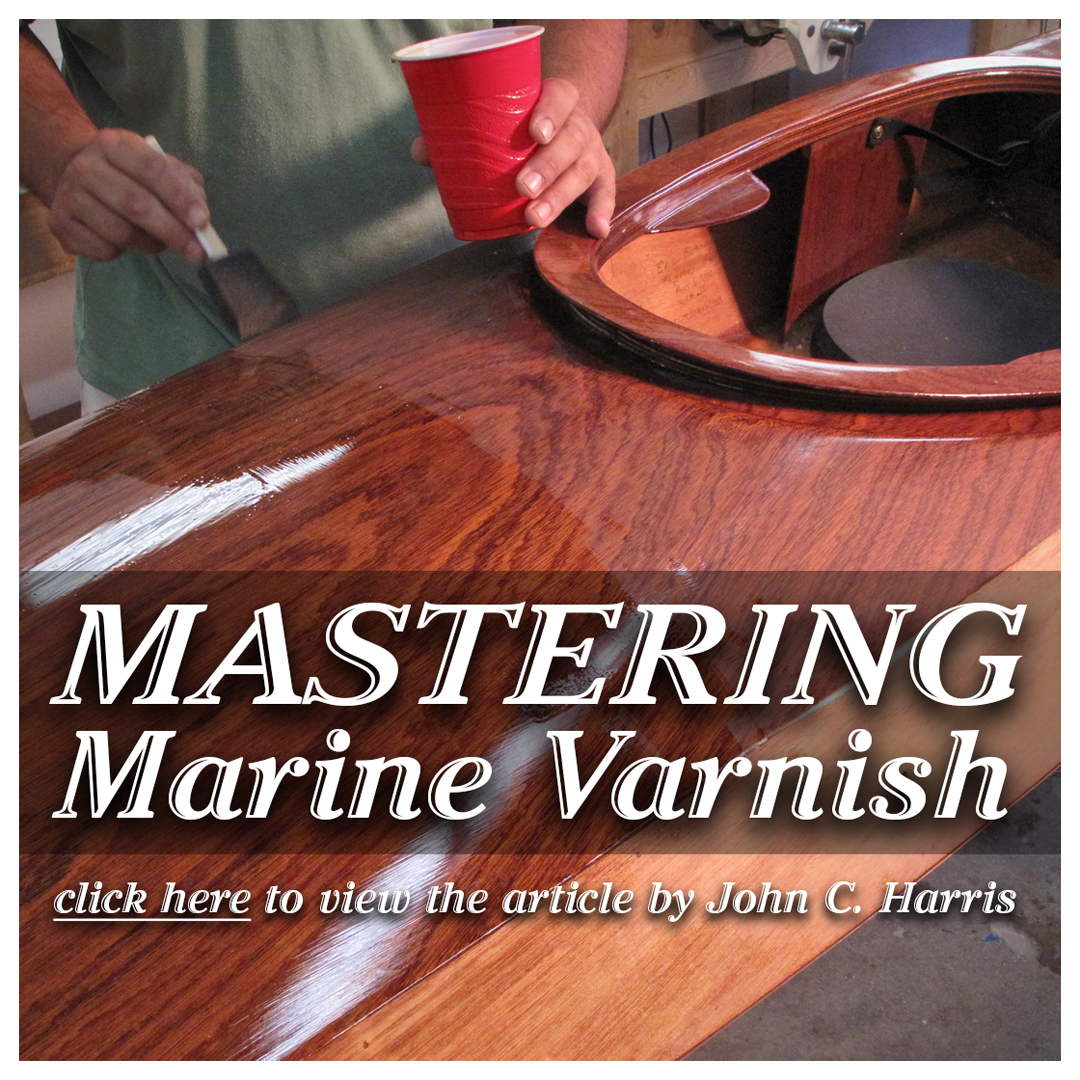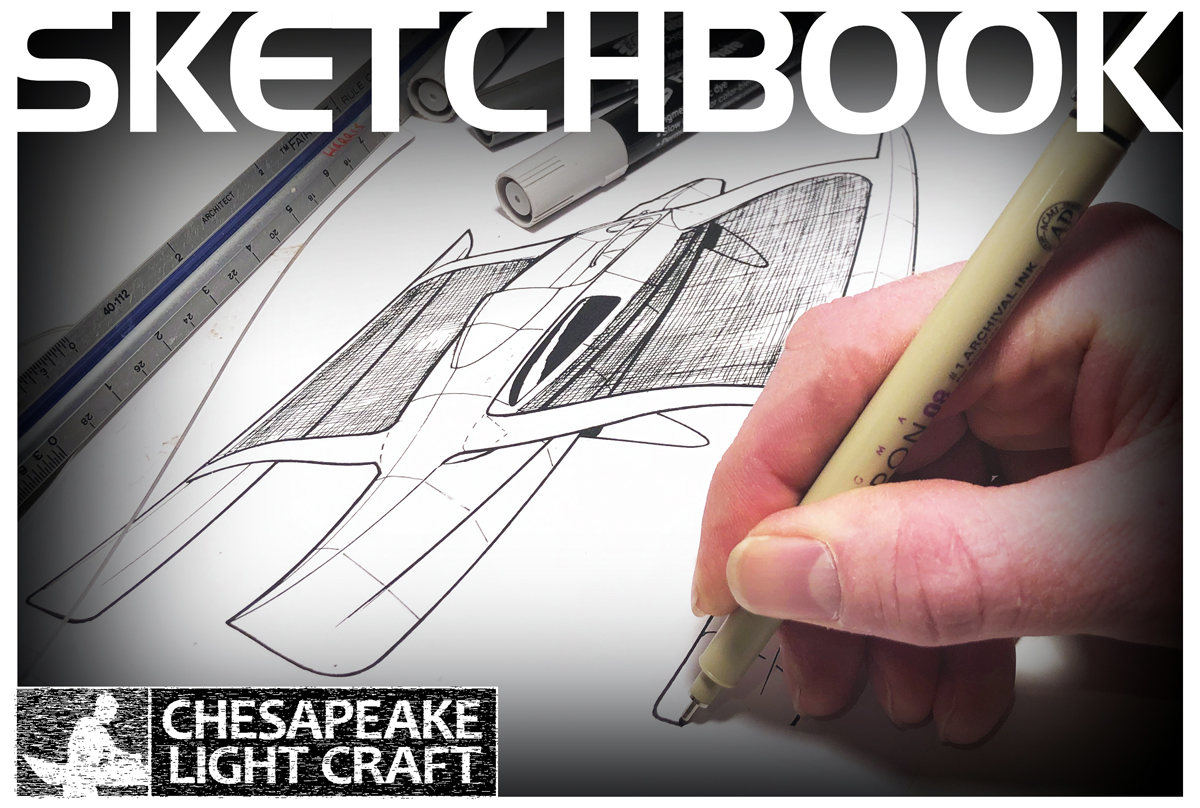Builders' Forum |
|
| ↓ Scroll to Last Comment ↓ | Forum Guidelines | Builders' Forum | |
Hello,
Assembling my parts for my build I now have two lengths of copper wire for the stitches.
I'm building a Sassafras 14 - what length should I cut the copper wire to, to form the stitches ?
All recommendations welcomed - many thanks
4 replies:
RE: Stitch length ??
Thanks Patrick
Yes, I know - copper sure is expensive !
This is my first S&G build though given the price of 18g copper wire I have been wondering if something like 1mm MIG welding wire would work (18g is 1.02mm)
1mm MIG wire is available in copper coated mild steel, aluminium & stainless steel - and being a welding consumable is very cheap compared to short lengths of 18g pure copper wire -- MIG wire usually comes in 0.5kg, 1kg, 5kg & 15 kg spools ........ thats hundreds of yards (if not thousands of yards) per spool !
As I use the ties, it will certainly be interesting to try some MIG wire and see if it is a viable option to try/use ....
Thank you for your kind reply
Tony
RE: Stitch length ??
I suspect that MIG welding wire may well cut into the wood more than you'd like. Copper wire is very malleable ans stretches easier when you inadvertantly over tighten a stitch whereas the MIG wire will just cut in I reckon. I'll maybe do a test if I can get to my buried MIG welder. :)
RE: Stitch length ??
test with a 3, 4 and maybe 5 inch piece. select the size that works best for you.
i tend to go a little long (~ 4 inches ) becuase i just find it easier to get through the holes...which sometimes means you fish around a bit and i find a little extra makes the tightening up process easier for my not-so-nimbe fingers.
h













RE: Stitch length ??
» Submitted by Patrick N - Thu, 9/29/16 » 9:13 AM
A pretty typical approach is to roll the wire into a 3" (or so) diameter hank and then use tin snips to cut this into thirds, yielding pieces a bit over the given diameter. This has been plenty long for the S&G projects I've done. The price of copper wire (though relatively small) has prompted me to experiment with economizing. Smaller lengths can certainly work, but a little extra sure is nice. Just avert your eyes when you go to cut that precious coil of copper.
Being a lap-strip design you might want your stitches to be a bit longer. The best course is probably to experiment with a number of individually cut pieces, and then use the above technique to mass produce your stitches when you've arrived at a length that works for you.
Good luck!
Patrick